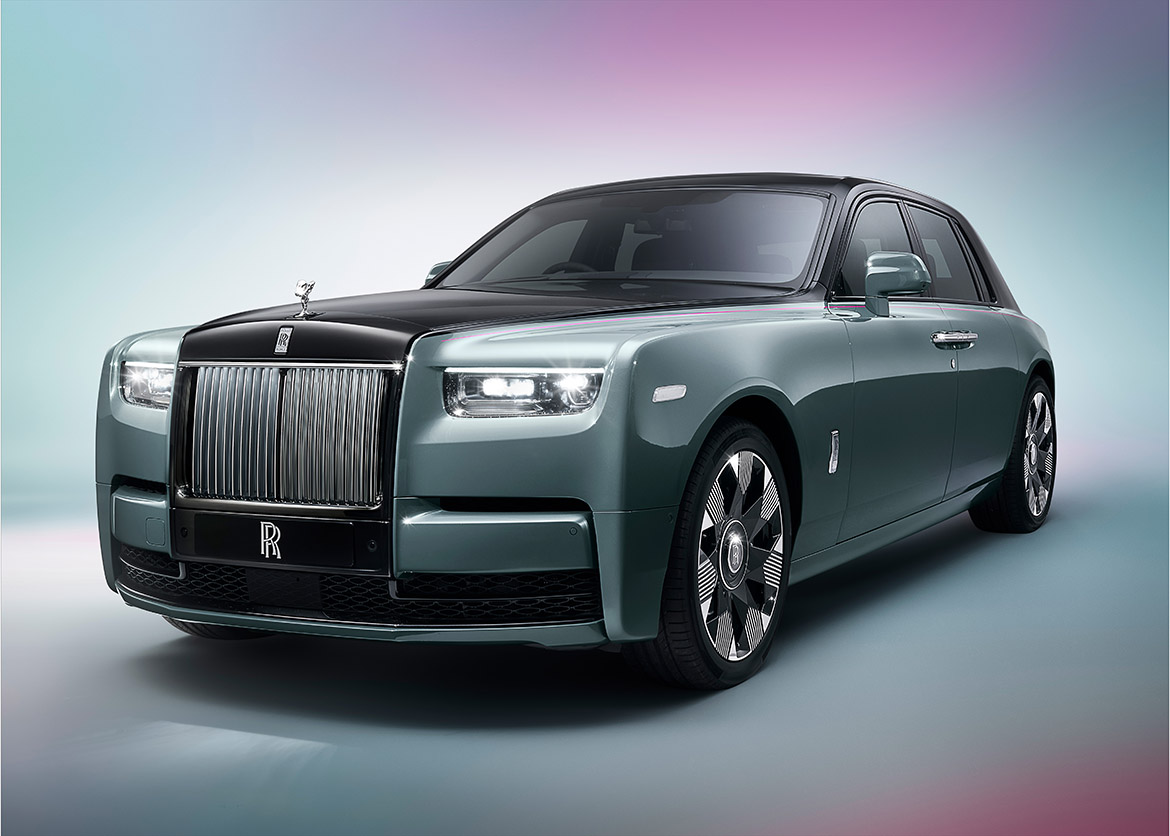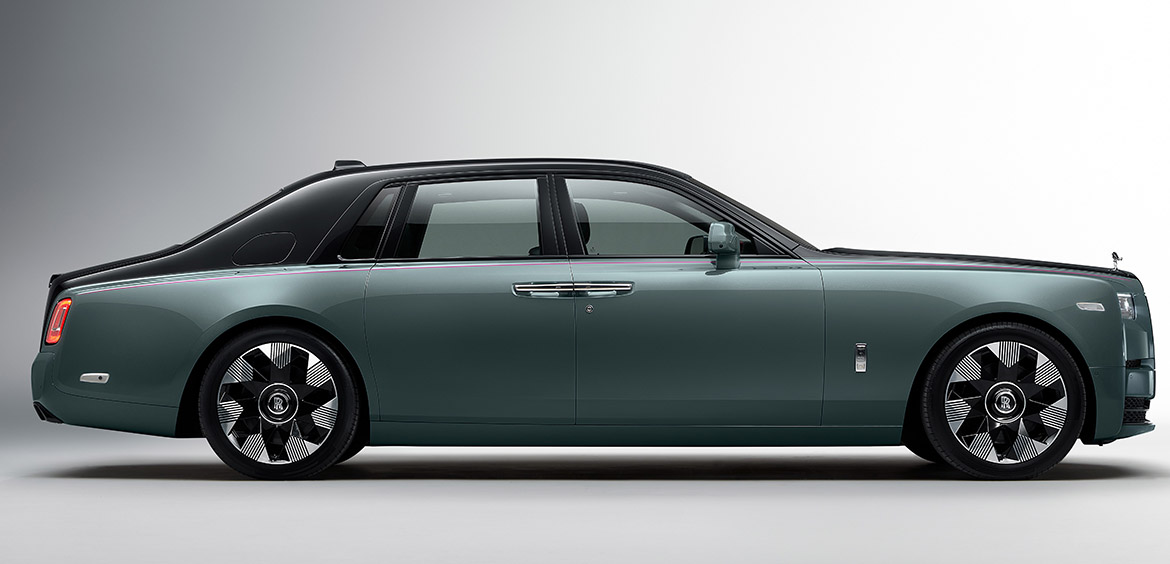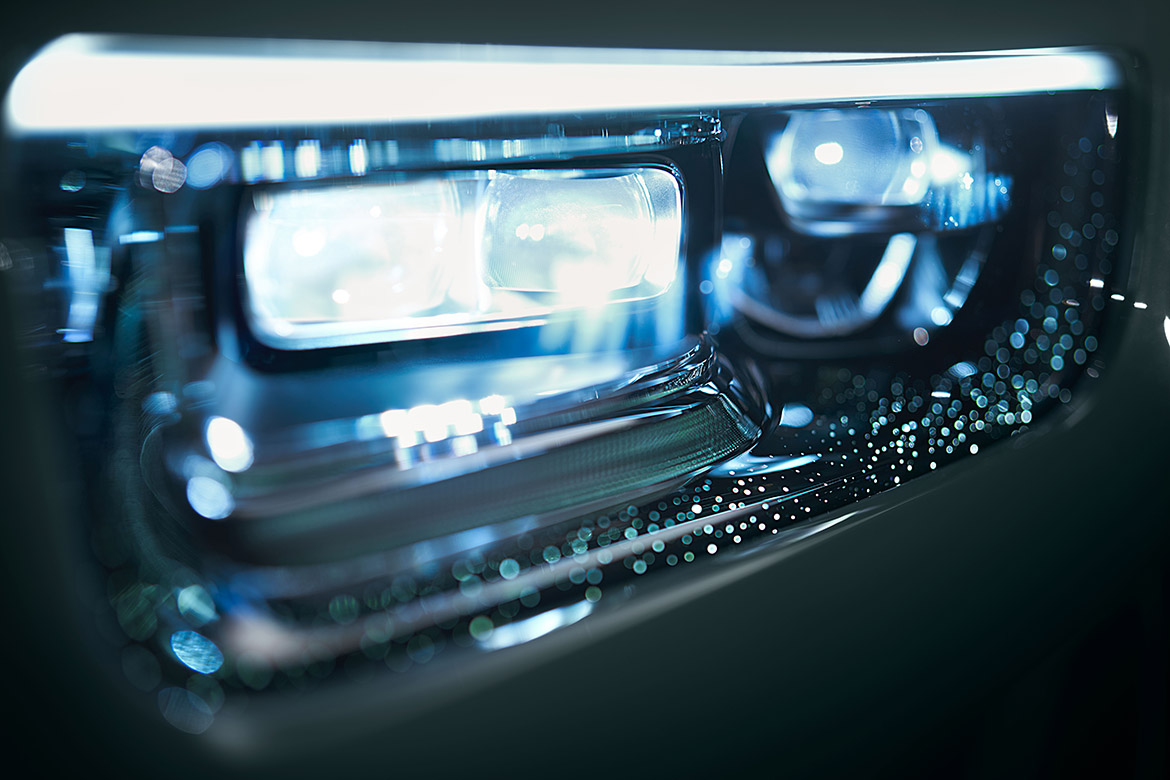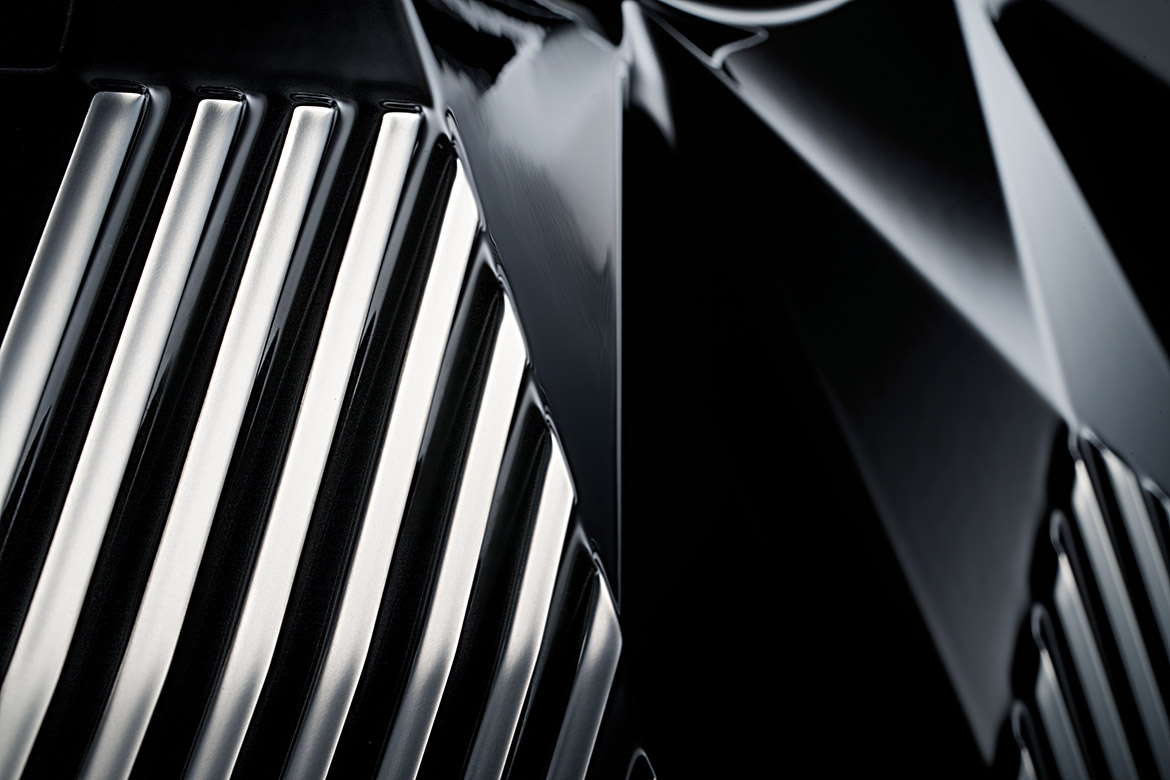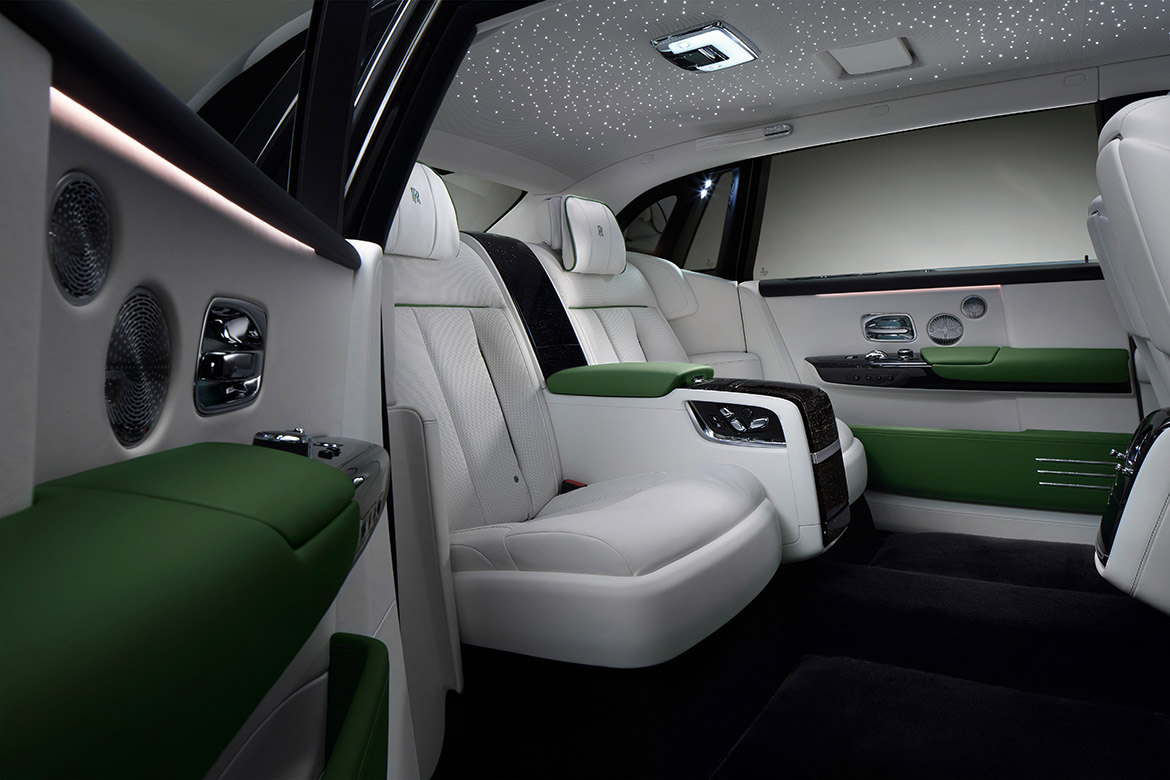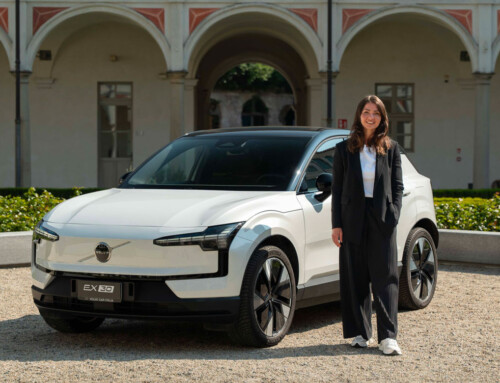Getting behind the wheel of a Rolls-Royce is certainly not something that happens every day, all the more so when it comes to the Phantom, the British manufacturer’s flagship model with a long history behind it and which can be considered the best flagship. The first thing to do is to face up to the model’s mammoth dimensions, which become even more challenging when leaving the narrow streets of central Milan for an out-of-town excursion of a hundred kilometres. The 5.75 metres in length by 2 metres in width 1.64 metres in height and 3.55 in wheelbase make it immediately clear that we are dealing with a car of royalty.
“Last spring we launched the Phantom Series II, a profound restyling of the model that nevertheless has not lost its absolutely unmistakable main features,” says Ian Rosenthal, 40, exterior designer at the British manufacturer and in Rolls-Royce design for more than 10 years after graduating from the Royal College of Art in London. “The vertical slatted grille is now illuminated to create an absolutely spectacular effect when driving at night, as is the base of the LED headlamps covered in hundreds of tiny luminous fragments for an effect that at Rolls-Royce we call ‘diamond dust’. A solution that echoes the starry sky inside the cabin, one of our trademarks”.
The Phantom II has also been refined in its aerodynamics. The Spirith of Ecstasy is smoother, the two vertically developed side blades of the front end optimise airflow as does the new design of the rims, also improving, as far as possible, the fuel consumption and emissions of the 563 bhp 6.7 V12 petrol engine that works very quietly under the bonnet. Among the tricks to contain the mass (almost 2.7 tonnes) the engineers have included four-wheel steering and a very light steering wheel calibration that offers a more agile feel even on the narrowest roads.
The interior is a travelling lounge. The sensation is of being inside an opulent cabin (especially if you opt for the infinite possibilities of customising colours and materials), completely isolated from the outside, but which manages to retain its elegance thanks to a rational layout of all its elements. “We didn’t fill the car with huge touch screens, garish lights or hundreds of possible configurations of trim and driving modes. The functions are simple and are controlled through large physical sliders. The cockpit of a Rolls-Royce has to convey serenity and peace without anxiety from technology overpowering us”.
An approach that has involved the design of all the interiors. One example? The climate controls are at the bottom of the upright dashboard and the large knobs for the fan only have five positions available (Off, Soft, Medium, High and Max), while for the temperature you simply turn two elegant sliders in the direction of red if you want to raise the temperature or blue if you want to lower it. For Rolls-Royce, true luxury today is simplicity, and if you don’t want to act directly on the controls, just call up the constantly connected virtual assistant that can respond to all the needs of driver and passengers.

